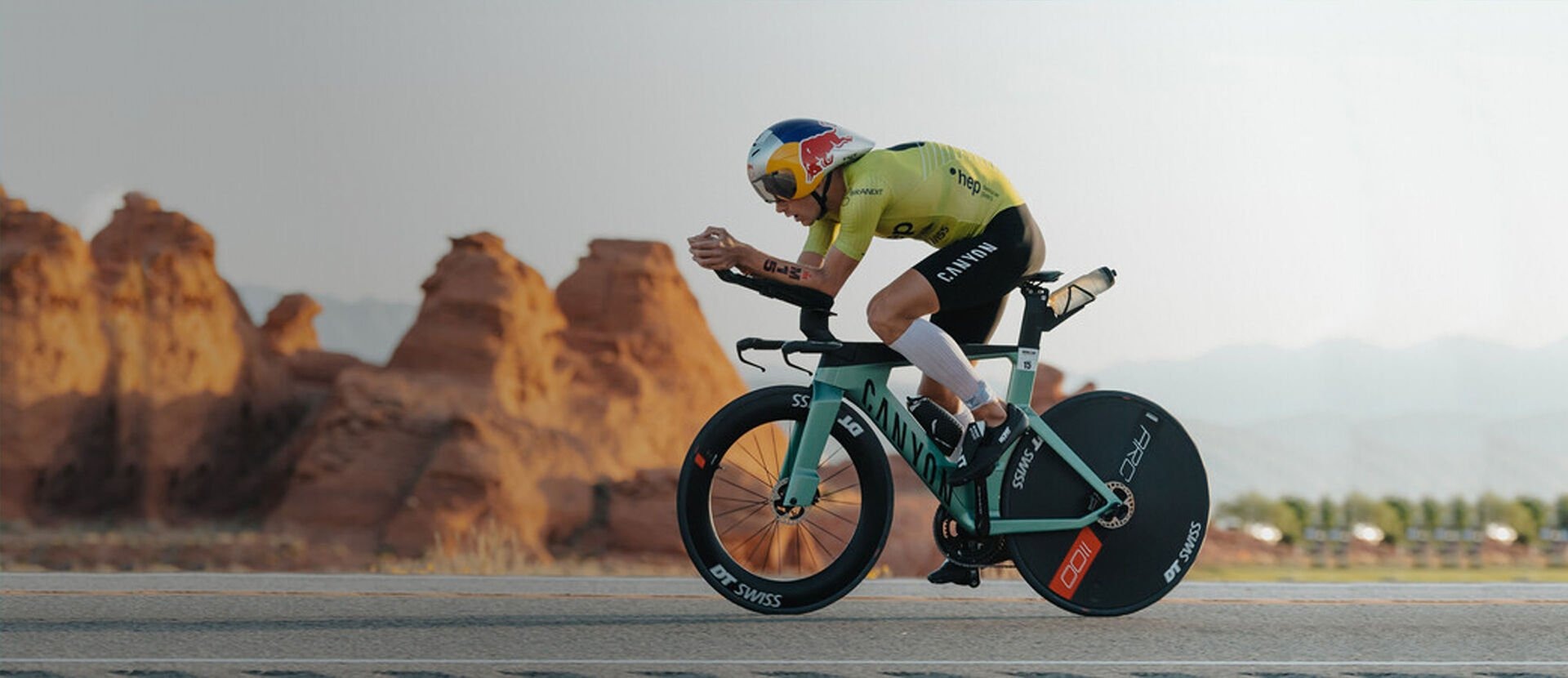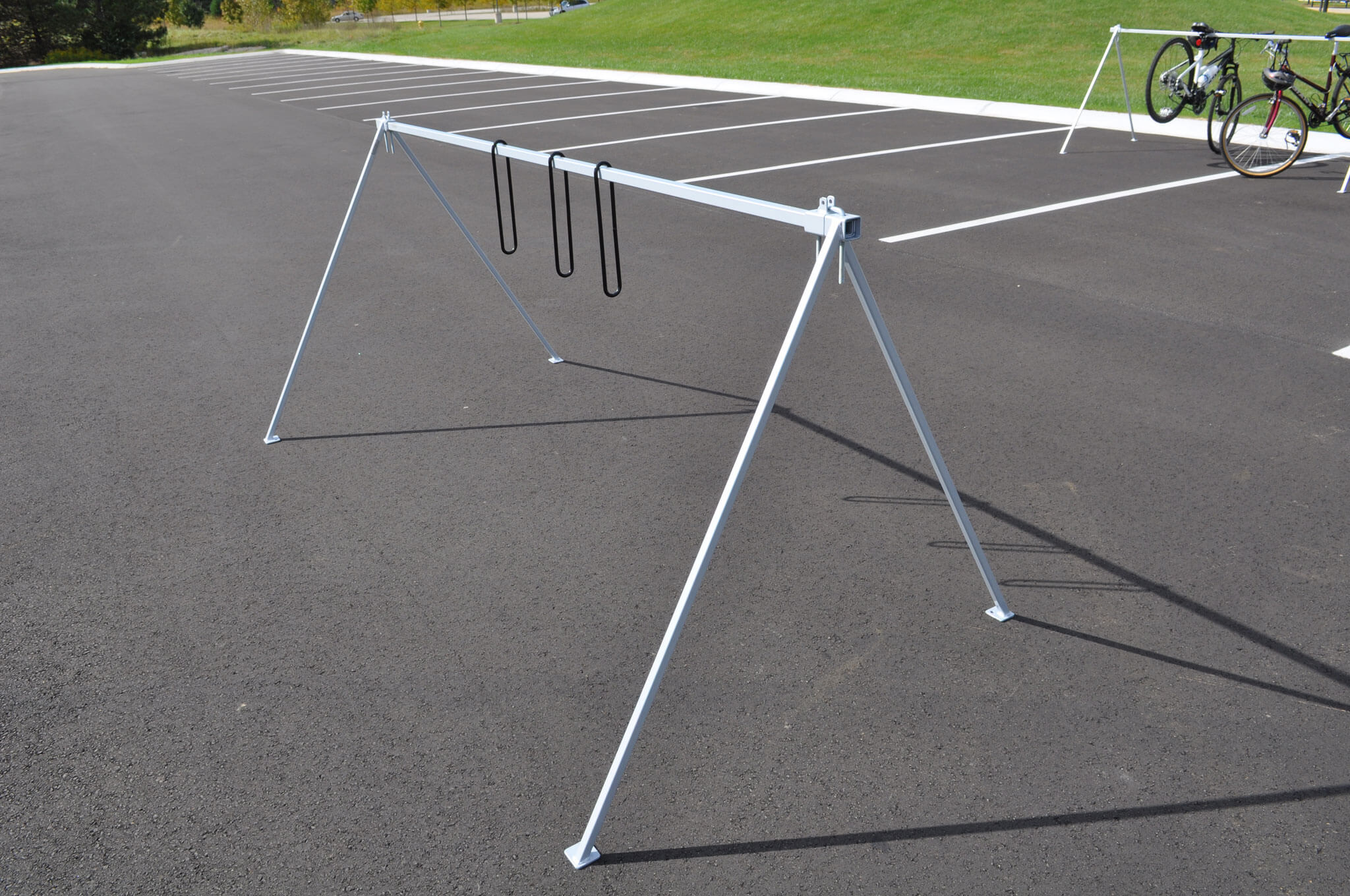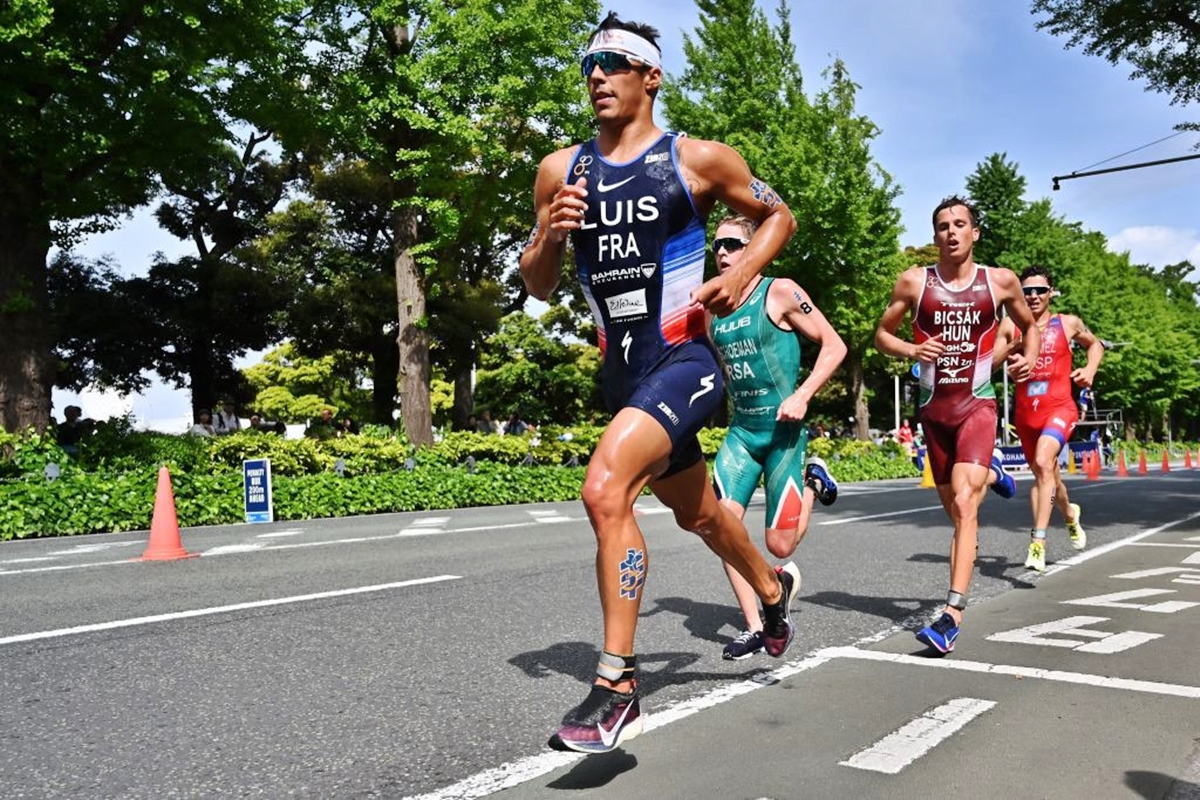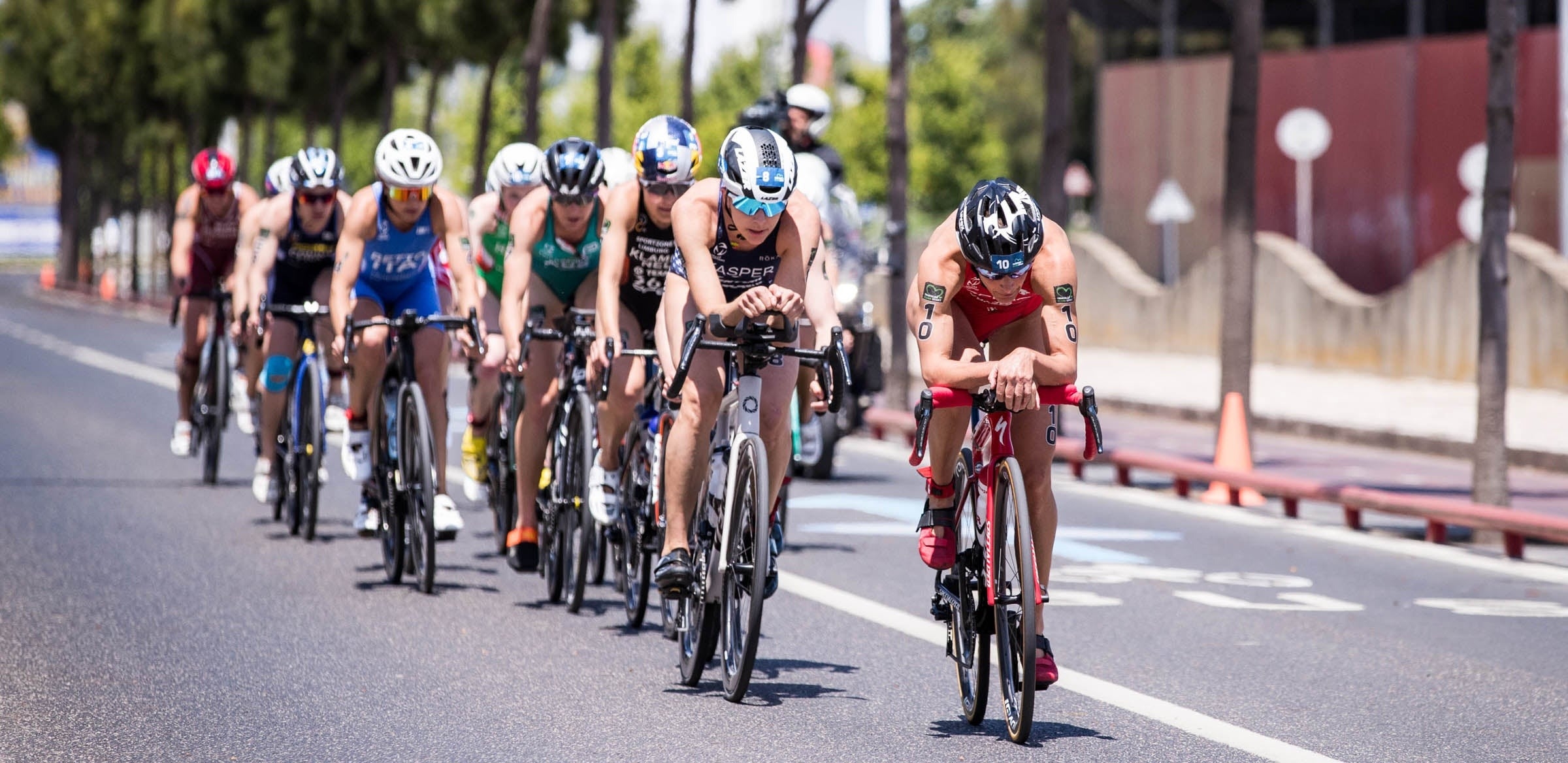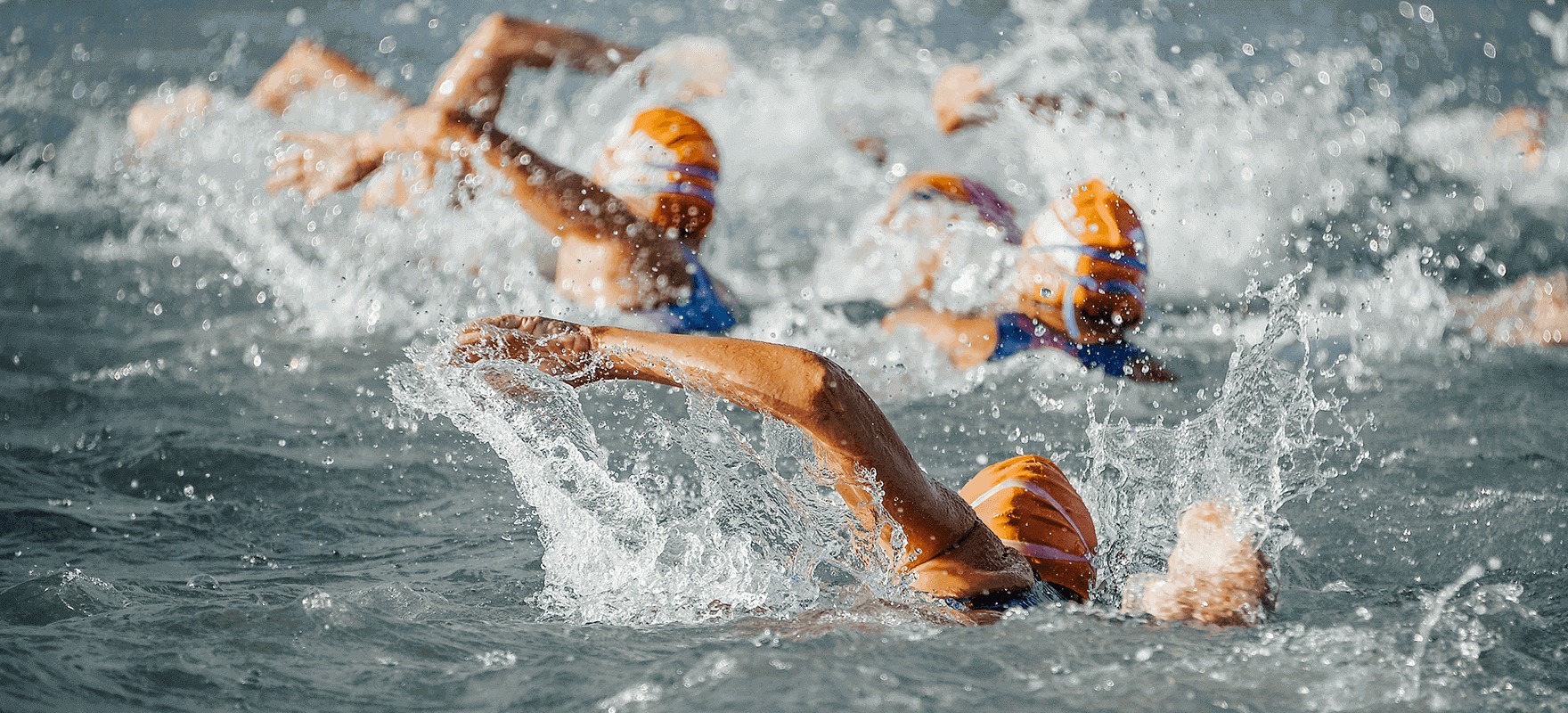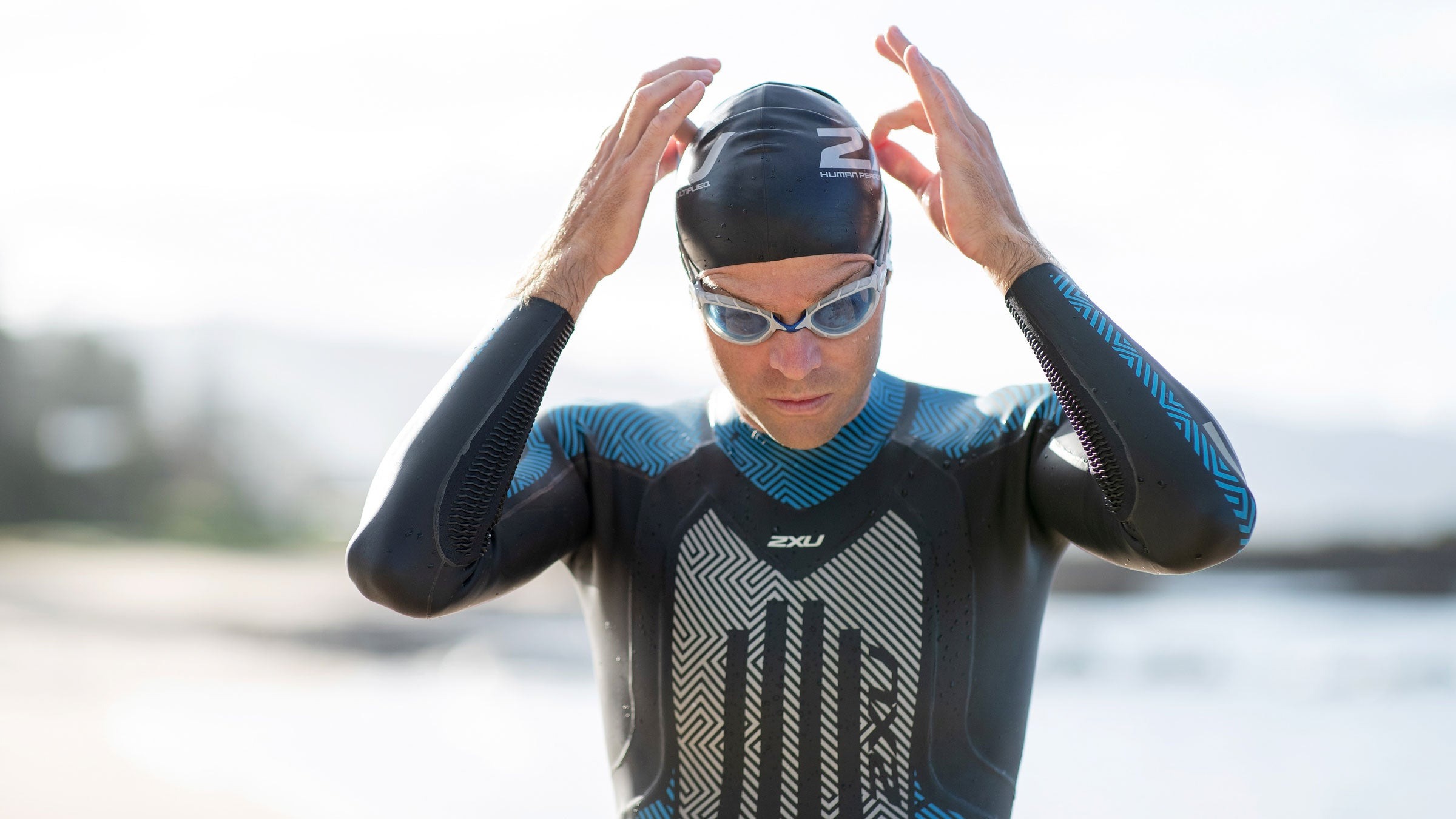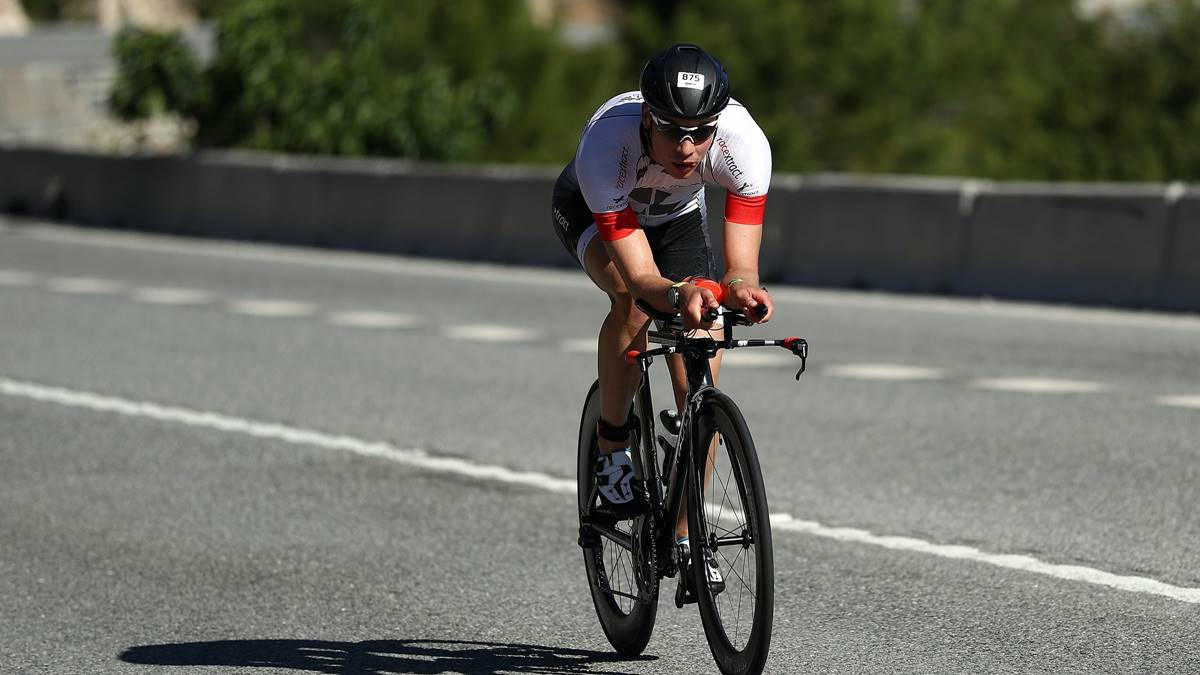

Featured
How To Use Triathlon Gear Shifters
Modified: October 3, 2023
"Learn how to use the featured triathlon gear shifters and optimize your performance. Discover expert tips and techniques for seamless gear shifting.
Introduction
Welcome to the exciting world of triathlon! Whether you are a beginner or a seasoned athlete, one thing is for certain – having the right gear can make a world of difference in your performance. And when it comes to gear, one component that plays a crucial role in your triathlon experience is the gear shifter.
Gear shifters, as the name suggests, are the mechanisms that allow you to change gears on your bike during a race or training session. They are designed to help you find the right gear for each stage of your triathlon, whether it’s climbing a hill, sprinting on a flat road, or navigating a fast descent. Knowing how to use your gear shifters effectively can give you a competitive edge and enhance your overall triathlon experience.
In this article, we will explore the different types of triathlon gear shifters and provide you with a detailed guide on how to use them. Whether you’re using trigger shifters, bar-end shifters, or electronic shifters, we’ll cover everything you need to know to master the art of gear shifting.
Before we dive into the specifics, it’s important to note that each triathlete has their own personal preference when it comes to gear shifters. It’s crucial to experiment and find the type of shifter that works best for you. So, let’s get started and uncover the secrets to effective gear shifting in triathlon!
Types of Triathlon Gear Shifters
When it comes to triathlon gear shifters, there are three main types that you might come across: trigger shifters, bar-end shifters, and electronic shifters (such as Di2). Each type has its own unique features and advantages, allowing you to find the one that best suits your needs and preferences.
Trigger shifters, also known as rapid-fire shifters, are the most common type of gear shifters found on triathlon bikes. They are mounted on the handlebars, usually near the brake levers, and allow for quick and easy gear changes. With trigger shifters, you simply push or pull a lever with your thumb or index finger to shift up or down a gear. This type of shifter provides precise shifting and is ideal for fast-paced triathlon races where split-second gear changes can make a significant difference.
Bar-end shifters, as the name suggests, are located at the ends of the handlebars. Unlike trigger shifters, which have separate levers for shifting up and down, bar-end shifters have a single lever that is pushed or pulled to change gears. Bar-end shifters offer a more aerodynamic profile compared to trigger shifters, as they are situated at the end of the handlebars, and can be a popular choice for triathletes looking to streamline their ride and minimize wind resistance.
Electronic shifters, such as Di2, have gained popularity in recent years for their cutting-edge technology and seamless shifting. These shifters utilize electronic components to control gear changes, eliminating the need for traditional mechanical cables. With electronic shifters, you can experience precise and effortless gear shifting at the touch of a button. Di2 shifters also offer customizable shift patterns and can be synchronized with other electronic devices, providing a seamless integration with your overall triathlon setup.
Each type of shifter has its own advantages and considerations, so it’s important to understand the differences and choose the one that best aligns with your needs, preferences, and budget.
Now that we’ve explored the different types of triathlon gear shifters, let’s delve into the terminology associated with gear shifting to ensure we’re all on the same page.
Understanding Gear Shifting Terminology
Before we start using triathlon gear shifters, it’s important to familiarize ourselves with some commonly used gear shifting terminology. By understanding these terms, you’ll be able to communicate effectively with other athletes and comprehend instructional materials related to gear shifting.
1. Gear Ratios – Gear ratios refer to the relationship between the number of teeth on two gears. In cycling, it represents how many times the rear wheel rotates for every pedal revolution. Lower gear ratios provide easier pedaling but lower speed, while higher gear ratios offer more speed but require more effort to pedal.
2. Shifters – Shifters are the components that allow you to change gears on your bike. They can be levers, buttons, or paddles depending on the type of shifter you are using.
3. Front and Rear Derailleurs – The front and rear derailleurs are the mechanisms responsible for moving the chain between different gears. The front derailleur controls the movement of the chain between the chainrings, while the rear derailleur controls the movement of the chain between the cassette cogs.
4. Chainrings – Chainrings are the toothed rings attached to the crankset. They determine the gear ratios available on the front chainring assembly.
5. Cassette – The cassette is a set of toothed cogs located on the rear wheel hub. It provides a range of gear ratios for the rear derailleur to utilize.
6. Shifting Up – Shifting up, also known as shifting to a higher gear, refers to moving the chain onto a larger chainring at the front or a smaller cog at the rear. This allows for more resistance and is typically used for faster speeds or climbing uphill.
7. Shifting Down – Shifting down, also known as shifting to a lower gear, involves moving the chain onto a smaller chainring at the front or a larger cog at the rear. This reduces resistance and is typically used for slower speeds or descending.
By understanding these gear shifting terms, you’ll have a solid foundation for using triathlon gear shifters effectively. Let’s now move on to exploring how to use trigger shifters in detail.
Using Trigger Shifters
Trigger shifters are the most common type of gear shifters found on triathlon bikes. They are designed to provide quick and precise gear changes, allowing you to adapt to different terrains and optimize your performance. Here is a step-by-step guide on how to effectively use trigger shifters:
- Position your hands: Start by ensuring that your hands are in a comfortable position on the handlebars. Place your index fingers and thumbs on the trigger shifters, ready to engage the shifting mechanism.
- Understanding the shifting mechanism: Trigger shifters typically have two levers – one for shifting up the gears (referred to as the “right shifter”) and one for shifting down the gears (referred to as the “left shifter”). Familiarize yourself with the location and function of each lever.
- Shifting up: To shift to a higher gear (harder gear), push the right shifter with your thumb or index finger. Each push will move the chain up to the next larger chainring at the front or a smaller cog at the rear.
- Shifting down: To shift to a lower gear (easier gear), push the left shifter with your thumb or index finger. Each push will move the chain down to the next smaller chainring at the front or a larger cog at the rear.
- Anticipate gear changes: Pay attention to the terrain ahead and anticipate when you need to shift gears. Try to shift gears before you encounter a significant change in gradient, ensuring a smooth transition.
- Practice shifting on the go: As you become comfortable with shifting gears, practice changing gears while maintaining your pedaling rhythm. This will help you maintain your momentum and reduce the risk of losing speed during gear changes.
- Experiment with gear combinations: Every triathlon course is different, so it’s important to experiment with different gear combinations during your training sessions. This will help you find the optimal gear ratio for various terrains, whether it’s a steep hill climb or a flat straightaway.
Remember, practice makes perfect! Take the time to familiarize yourself with the feel and responsiveness of the trigger shifters. With enough practice, gear shifting will become second nature, allowing you to focus on your performance and enjoy the thrill of triathlon racing.
Now that you know how to use trigger shifters, let’s explore another type of gear shifter – bar-end shifters.
Using Bar-End Shifters
Bar-end shifters are a type of gear shifter commonly found on triathlon bikes. They are installed at the ends of the handlebars, offering a unique and streamlined approach to gear shifting. Here is a step-by-step guide on how to effectively use bar-end shifters:
- Hand positioning: Start by positioning your hands on the handlebars, with your fingers close to the bar-end shifters. Find a comfortable grip that allows you to reach the shifters easily without compromising control over your bike.
- Familiarize with the shifting mechanism: Bar-end shifters typically have a single lever on each side, allowing you to shift gears up and down with a pushing or pulling motion. Take a moment to understand the location and function of each lever.
- Shifting up: To shift to a higher gear (harder gear), push the lever on the left side of the handlebars inward or toward the center of your bike. This will move the chain up to the next larger chainring at the front or a smaller cog at the rear.
- Shifting down: To shift to a lower gear (easier gear), pull the lever on the right side of the handlebars outward or away from the center of your bike. This will move the chain down to the next smaller chainring at the front or a larger cog at the rear.
- Practice shifting: Start by practicing shifting gears while stationary to get a feel for the shifting motion. Once you’re comfortable, incorporate shifting while riding to maintain your momentum and optimize your performance.
- Anticipate gear changes: Similar to using trigger shifters, it’s important to anticipate gear changes to ensure a smooth transition. Pay attention to the terrain ahead and shift gears before encountering significant gradients or changes in speed.
- Experiment with gear combinations: Just like any gear shifter, bar-end shifters offer a range of gear combinations. Take the time to experiment with different gear ratios during your training sessions and find the combinations that work best for various terrains and race conditions.
With consistent practice and experience, using bar-end shifters will become second nature. Remember to stay focused and maintain control of your bike while shifting gears. Now that you have a grasp on using bar-end shifters, let’s explore another type of gear shifter – electronic shifters, such as Di2.
Using Di2 Electronic Shifters
Di2 electronic shifters, such as Shimano’s Di2 system, have revolutionized gear shifting in the world of triathlon. This cutting-edge technology offers precise and effortless gear changes, enhancing your performance and overall riding experience. Here’s a step-by-step guide on how to effectively use Di2 electronic shifters:
- Understanding the components: Di2 electronic shifters consist of shift buttons, usually located on the handlebars, and a display unit that shows your current gear selection. Familiarize yourself with the location and function of these components before you start riding.
- Shifting up: To shift to a higher gear (harder gear), press the right shift button. Each press will move the chain up to the next larger chainring at the front or a smaller cog at the rear.
- Shifting down: To shift to a lower gear (easier gear), press the left shift button. Each press will move the chain down to the next smaller chainring at the front or a larger cog at the rear.
- Multiple clicks: Di2 shifters often provide the option for multiple clicks, allowing you to shift multiple gears at once. This can be useful when you need to make a quick transition or rapidly adjust your gear to match the terrain.
- Customizable shift patterns: Many Di2 systems offer the ability to customize the shift patterns to suit your preferences. You can adjust the speed, the number of gears shifted with each press, and even the order of the gears. Take advantage of this feature to optimize your gear shifting experience.
- Use the display unit: Pay attention to the display unit, as it provides valuable information about your current gear selection. This can be especially useful when you’re fine-tuning your gear choices for optimal performance.
- Charge the battery: Di2 electronic shifters rely on a rechargeable battery. Make sure to keep the battery charged to avoid any disruptions during your rides or races. Most systems provide a battery life indicator on the display unit or with an additional indicator light.
Using Di2 electronic shifters may take some time to get used to, but the benefits they offer, in terms of precision and ease of use, can greatly enhance your triathlon experience. Take the time to familiarize yourself with the shifting mechanism and customize the settings to suit your preferences.
Now that we’ve covered how to use Di2 electronic shifters, let’s explore some common gear shifting mistakes to avoid.
Common Gear Shifting Mistakes to Avoid
While gear shifting is an essential skill in triathlon, it’s easy to fall into some common mistakes that can negatively impact your performance. By being aware of these mistakes, you can avoid them and ensure smooth and efficient gear changes. Here are some common gear shifting mistakes to avoid:
- Waiting too long to shift: One mistake is waiting until it’s too late to shift into an easier gear. Instead, anticipate changes in terrain or speed and shift preemptively to maintain your cadence and prevent strain on your muscles.
- Shifting under load: Shifting gears while putting excessive pressure on the pedals can lead to poor shifting performance and potentially damage your drivetrain. Ease off the pressure when you shift to allow for smoother gear changes.
- Using extreme cross-chaining: Cross-chaining occurs when you use the largest chainring at the front and the largest cog at the rear or the smallest chainring at the front and the smallest cog at the rear. This puts unnecessary strain on your drivetrain and can lead to decreased power transfer and increased wear on your chain and gears.
- Not maintaining your drivetrain: A poorly maintained drivetrain can result in sluggish shifting and poor overall performance. Regularly clean, lubricate, and check for any signs of wear or damage on your chain, cassette, and chainrings to ensure smooth gear shifting.
- Over-reliance on the front derailleur: Some triathletes mistakenly rely too heavily on the front derailleur for gear changes, constantly shifting between the chainrings. Instead, aim to utilize the full range of gears on your cassette before making drastic changes with the front derailleur.
- Not experimenting with gear combinations: Every triathlon course is unique, and different gear combinations may be more effective for specific terrains or race conditions. Experiment during your training rides to find the gear combinations that work best for you.
- Forgetting to trim the front derailleur: Trimming the front derailleur involves making slight adjustments to the derailleur position to prevent chain rub. Neglecting to trim can result in unnecessary noise, power loss, and premature wear on your drivetrain.
By staying mindful of these common gear shifting mistakes, you can optimize your gear changes and maximize your performance on the bike. Practice proper gear shifting techniques during your training sessions to build muscle memory and efficiency.
Now that you’re aware of these mistakes, you can work towards avoiding them and becoming a more refined gear shifter. In the next section, we’ll wrap up our discussion and summarize the key points we’ve covered throughout this article.
Conclusion
Congratulations! You’ve now learned about the different types of triathlon gear shifters and how to effectively use them. Whether you’re using trigger shifters, bar-end shifters, or electronic shifters like Di2, gear shifting plays a vital role in optimizing your performance and enhancing your overall triathlon experience.
Remember to familiarize yourself with the terminology associated with gear shifting to ensure effective communication with fellow athletes and coaches. Understanding gear ratios, shifters, derailleurs, chainrings, and cassettes will enable you to make informed decisions when it comes to gear selection.
When using trigger shifters, position your hands correctly and practice shifting up and down to find your rhythm. With bar-end shifters, focus on hand positioning and utilize the single lever for precise gear changes. If you’re fortunate enough to have Di2 electronic shifters, maximize their features by customizing settings and staying aware of the battery’s charge status.
Avoid common gear shifting mistakes such as waiting too long to shift, shifting under load, extreme cross-chaining, neglecting drivetrain maintenance, over-relying on the front derailleur, and forgetting to trim the front derailleur.
Ultimately, gear shifting should become second nature through practice and experience. Take time to experiment with different gear combinations during training rides to discover what works best for various terrains and race conditions. This knowledge will provide you with the confidence and efficiency needed to excel in your triathlon races.
So, go out there, gear up, and enjoy the exhilarating ride of triathlon. Embrace the art of gear shifting, and may it propel you towards the finish line with speed, efficiency, and the utmost performance!
